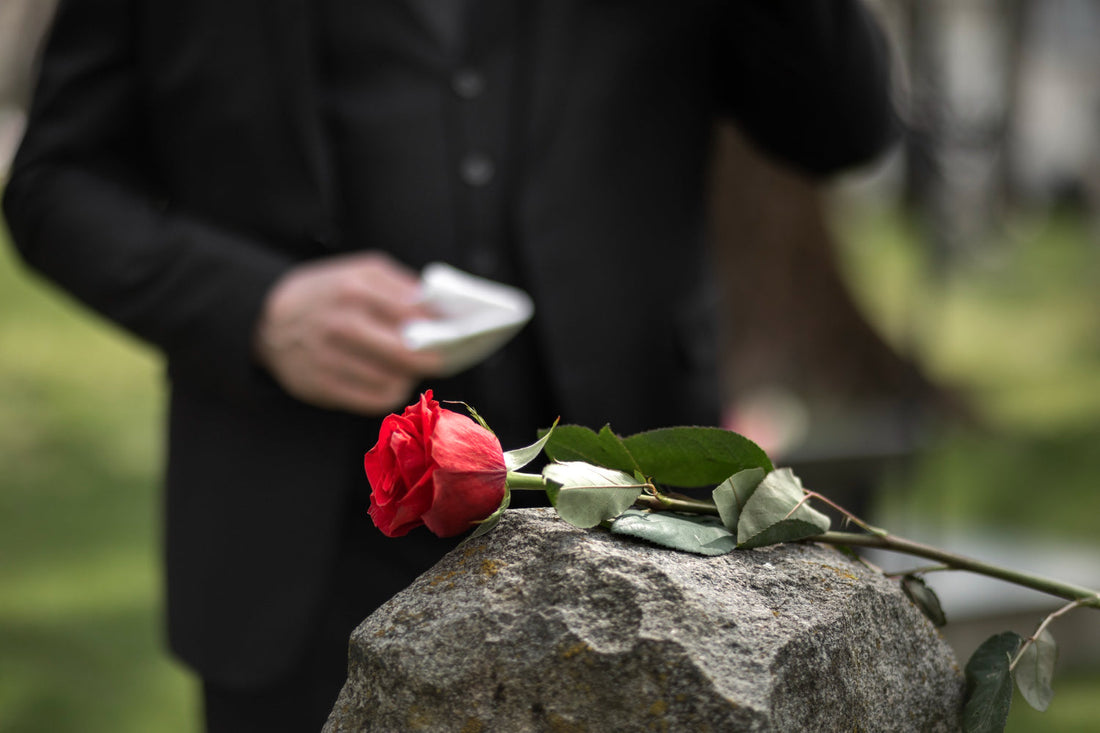
How to Plan a Memorial Service: A Complete Guide to Honoring a Loved One
Share
Planning a memorial service can be both emotional and overwhelming, especially when you want it to reflect the life, values, and personality of your loved one. Whether you’re organizing a memorial service after cremation or planning a celebration of life memorial service, this comprehensive guide will help you plan a meaningful tribute with ease.
From choosing the right location to understanding the structure of a memorial service, we’ll walk you through every step with practical insights and answers to common questions like, “What is typically done at a memorial service?” and “How do you plan a celebration of life?”
What Is a Memorial Service?
A memorial service is a ceremony held to honor and remember someone who has passed away. Unlike a traditional funeral, the body is not present, making it a common choice after cremation. Families may opt for a celebration of life or a more formal gathering depending on the deceased’s personality, culture, or final wishes.
Why Plan a Memorial Service After Cremation?
After cremation, there’s often no rush to hold a service. This gives families time to plan a personalized memorial service, choose a location, and invite relatives and friends who may need to travel.
How to Plan a Memorial Service – Step by Step
1. Choose the Type of Memorial Service
One of the first steps in planning a memorial service is deciding the tone and format:
-
Traditional Memorial Service: Often held in a religious setting or funeral home, including readings, eulogies, and music.
-
Celebration of Life: A more upbeat event that focuses on joyful memories, hobbies, and storytelling.
-
Virtual Memorial Service: Hosted online for guests unable to attend in person.
2. Pick the Date and Location
Since there's more flexibility after cremation, choose a date that gives guests time to make arrangements. Locations may include:
-
A church or religious venue
-
A funeral home
-
A park or beach
-
A private residence
-
A community center or banquet hall
Always check if the location can accommodate the size and structure of your memorial service.
3. Select an Officiant or Speaker
Who will lead the memorial ceremony? Options include:
-
A religious leader
-
A funeral celebrant
-
A close family member or friend
-
The family, with multiple speakers
Tip: When planning a celebration of life memorial service, choose someone who knew the deceased personally or can keep the event heartfelt and positive.
4. Create the Memorial Service Structure
What is the structure of a memorial service? Though flexible, a typical memorial service structure includes:
-
Opening remarks or welcome
-
Readings or prayers
-
Musical tribute
-
Eulogies or personal stories
-
Slideshow or video montage
-
Moment of silence
-
Closing remarks or blessing
-
Reception or gathering after the ceremony
5. Choose Readings, Songs, and Tributes
Personalize the event with meaningful elements:
-
Readings: Poems, religious texts, letters, or quotes
-
Music: Favorite songs or hymns
-
Tributes: Memory boards, photo displays, or a video slideshow
-
Ashes Display: If you’ve chosen cremation urns for ashes, consider a decorative placement near the altar or tribute table
Incorporating these touches into your memorial service planning makes the event more memorable and emotionally meaningful.
6. Prepare a Memorial Program
A printed or digital memorial service program helps guide attendees. Include:
-
Photo and name of the deceased
-
Date of birth and death
-
Event order
-
Names of speakers or performers
-
Quotes or poems
-
A thank-you message from the family
Use memorial service templates online or have a funeral home assist in designing a keepsake-worthy program.
7. Decide on Attire, Themes, and Décor
Whether formal or casual, communicate attire expectations to guests. For celebrations of life, themes such as favorite colors, sports teams, or hobbies can guide:
-
Floral arrangements
-
Décor and table displays
-
Guest book setup
-
Memory tables
8. Plan for a Post-Service Reception
A memorial reception provides time for guests to connect, share stories, and support the grieving family. Consider:
-
Light refreshments or a catered meal
-
Toasts or open-mic tributes
-
Memory table for guests to contribute photos or notes
-
Keepsake items such as bookmarks, candles, or small urns
9. Invitations and Guest Communication
Send out invitations early via:
-
Printed invites
-
Emails
-
Event pages (Facebook, website)
-
Funeral home notifications
Include the date, time, location, dress code, and RSVP details.
10. Honor the Ashes or Urn Placement
If you're planning a memorial service after cremation, decide how to incorporate the urn:
-
Place it at the front on a pedestal or table
-
Surround it with photos or flowers
-
Create a ritual like a candle lighting or flower placement
Many families choose cremation urns or memorial keepsakes to honor their loved one in a visually symbolic way.
Frequently Asked Questions
How do you plan a celebration of life memorial service?
Begin by selecting a theme that reflects the loved one’s personality. Choose a venue, gather personal items, and plan music and speeches that focus on joy, gratitude, and remembrance.
What is typically done at a memorial service?
Memorial services often include a welcome, readings, eulogies, a musical tribute, photo displays, and a reception. Unlike funerals, there is no body present—especially after cremation.
What is the structure of a memorial service?
The typical memorial service structure includes an opening, readings, speeches or eulogies, a moment of reflection, and a closing. You can customize it for religious, spiritual, or secular needs.
How to plan a memorial service after cremation?
After cremation, choose a meaningful date and location. Include a display of the urn, prepare a program, and invite close family and friends. Personalize it with photos, stories, and keepsakes.
Final Thoughts
Knowing how to plan a memorial service brings clarity and peace during a difficult time. Whether it’s a formal service or a celebration of life memorial, thoughtful planning makes the event a healing experience for everyone.
By understanding the structure of a memorial service, incorporating personal elements, and honoring the ashes after cremation, you create a lasting tribute filled with love, respect, and remembrance.
Boost Your Memorial Planning with the Right Urns
Looking for a beautiful urn for the service? Explore a wide range of cremation urns, memorial keepsakes, and urns for ashes that complement any service setting. Choose from classic, modern, biodegradable, or decorative styles to best honor your loved one.
